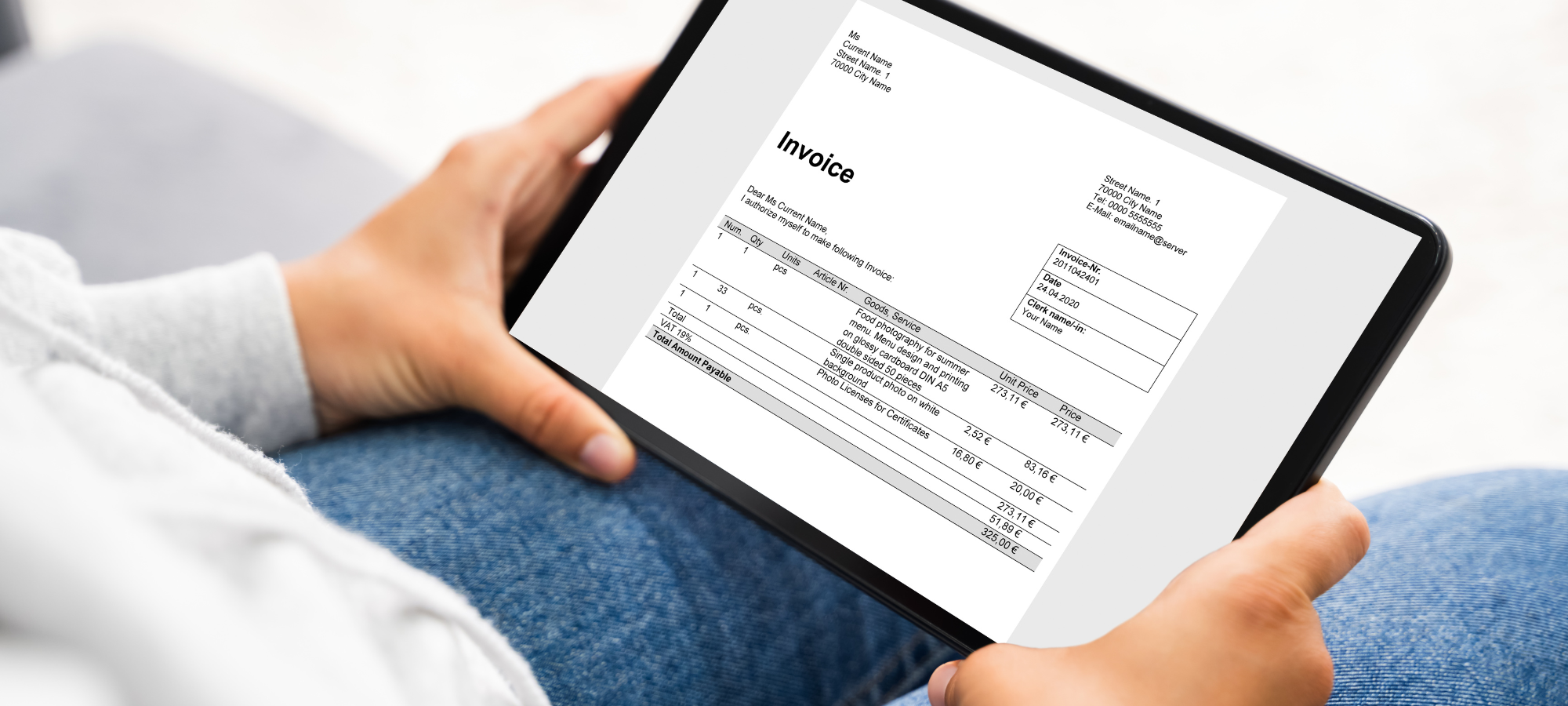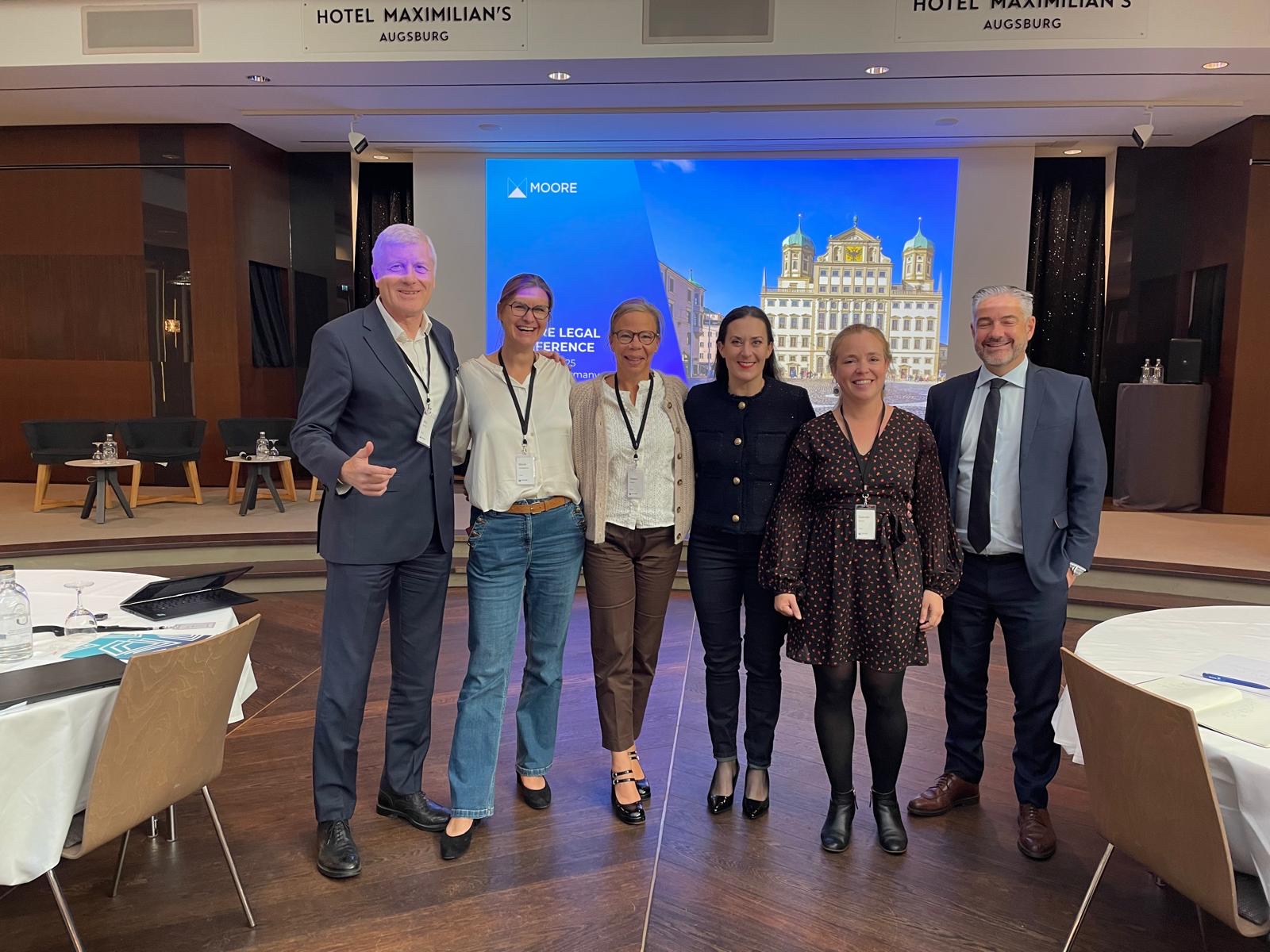OECD BEPS: PILLAR TWO Global Minimum Tax
Under the OECD’s Inclusive Framework, Pillar Two introduces global minimum taxation by introducing a minimum Effective Tax Rate (ETR) of 15% on income for Multinational Enterprises (MNE) with global revenues exceeding EUR750 million.

What is Pillar Two?
Under the OECD’s Inclusive Framework, Pillar Two introduces global minimum taxation by introducing a minimum Effective Tax Rate (ETR) of 15% on income for Multinational Enterprises (MNE) with global revenues exceeding EUR750 million.
The Organisation for Economic Co-operation and Development (OECD) OECD/ G20 Inclusive Framework on Base Erosion Profit Shifting (BEPS) introduces two pillars which are a continuation of the OECD’s broader efforts to address transparency, consistency, and fairness in international tax law.
Pillar Two aims to reduce competition among countries offering the lowest corporate tax rates, thereby encouraging fairer distribution of tax revenues from global companies and reducing incentives for profit shifting to tax havens. This is part of the OECDs broader effort to modernise international tax rules for the age of digitisation and globalisation.

WHICH ENTITIES ARE IN SCOPE?
All controlled entities in an MNE group exceeding the global turnover threshold (i.e. with revenues exceeding EUR750 million) are in scope, as long as at least one jurisdiction in which a group entity is tax resident has adopted Pillar Two.
Special rules apply to joint ventures and split or partially owned entities.

HOW IS THE EFFECTIVE TAX RATE CALCULATED?
The ETR must be calculated separately for every country in which the group operates.
The ETR calculation is based on the GAAP applied for the purposes of the entity’s Consolidated Financial Statements. Some adjustments must be performed, which may be different from those for the local tax calculations. Thus, the ETR can be
under 15% even in countries where the corporate tax rate is higher.
If the effective tax rate is lower than 15% for any tax jurisdiction, a top-up tax must be calculated for the group entities in that country (subject to application of transitional safe harbour provisions).

WHO PAYS THE TOP-UP TAX?
The entity liable for the top-up tax results from the application of three interlocking rules as follows:
- If the country of the entity applies a QDMTT (e.g. most EU countries), this entity pays it, otherwise,
- the highest parent entity applying Pillar Two pays it using the IIR; or alternatively,
- If no parent entity in the group applies Pillar Two, all the group entities that apply Pillar Two rules pay it (under the undertaxed profits rule (UTPR). The top up tax payment is split among all group entities which are in a country applying Pillar Two rules.

WHAT ARE THE COMPLIANCE OBLIGATIONS ASSOCIATED WITH PILLAR TWO?
Broadly, the specific reporting obligations for a constituent entity in a Pillar Two group will depend on the specific rules implemented by its country and the reporting structure designed by that country to administer compliance.
If an entity is the ultimate in a jurisdiction that has adopted the Pillar 2 rules, it must file an information declaration. This declaration must include all calculations for the countries concerned and identify any obligations relating to the complementary tax.
If the entity is a subsidiary or permanent establishment in a country that applies Pillar 2 rules, it must:
• Communicate the name and state of the entity filing the information return,
• Provide the information required to calculate the TEI,
• Possibly pay the additional tax.

How can Coffra group help?
Our Coffra group teams can assist you with all aspects of Pillar 2 compliance. We offer comprehensive assistance, including calculation, data collection, advice and preparation of mandatory returns.
Requirements vary considerably depending on the jurisdictions in which you operate and the sophistication of your organization’s existing tax governance policies.
Coffra group offers customized solutions to meet your precise needs and turn the complexities of Pillar 2 rules into a strategic advantage.
Our network has entered into a partnership with Wolters Kluwer for a module on their CCH Integrator platform which provides access to the tools needed to deliver the services we offer, whatever the tax jurisdiction.
This solution provides modeled schedules and calculations, enabling us to track the organization’s evolution and comply with local tax jurisdictions.
We are able to offer alternative solutions that are compatible with most existing accounting software packages.
Whatever your needs, we’ll help you design a solution adapted to your business, and support you throughout the analysis and implementation of Pillar 2 rules.
Publications
Find all our analyses, our points of view and our publications on all issues related to the life of the company.














